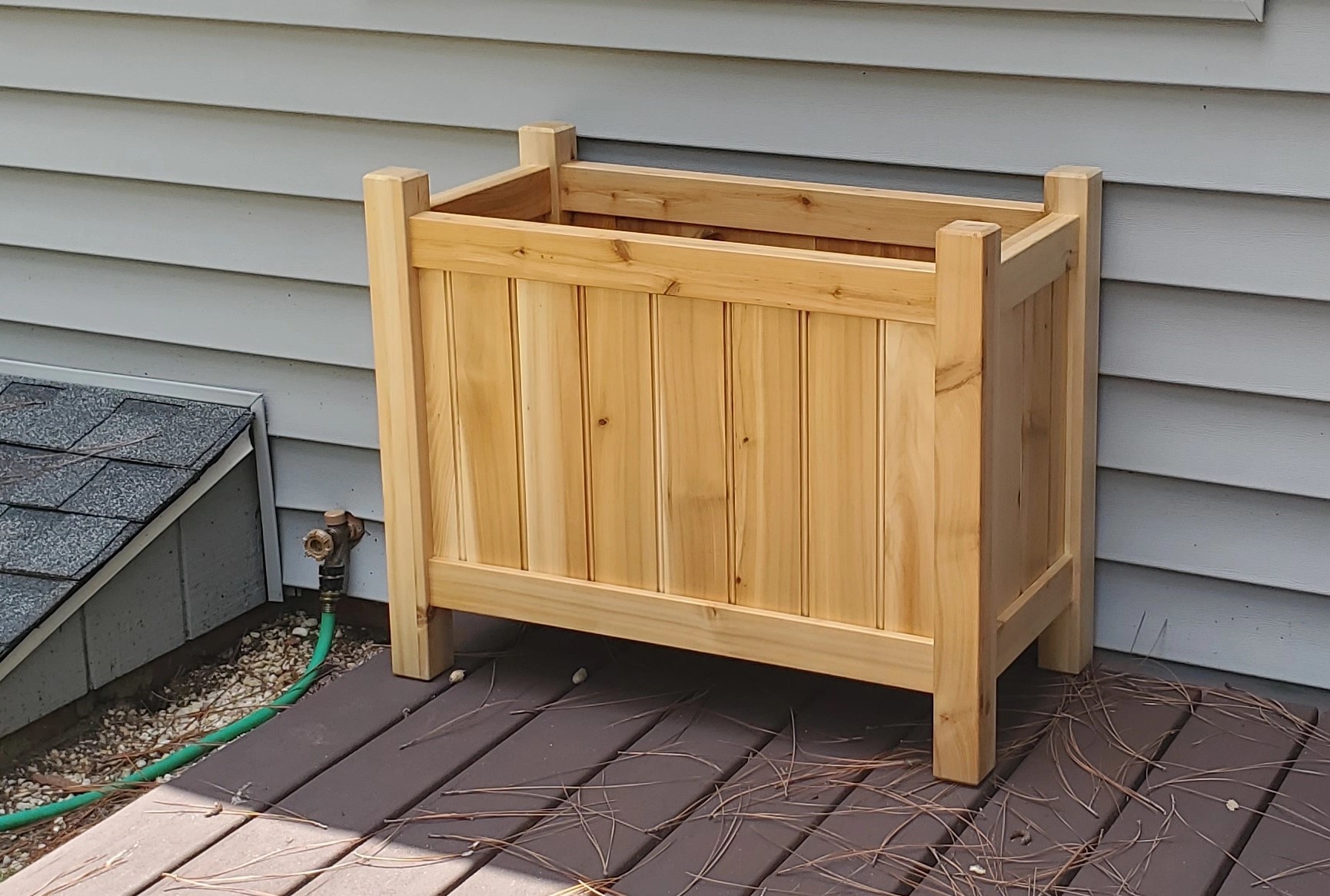Hi everyone,
I’m slowly getting into the craft of woodworking and I’m trying to pick out some “starter” tools. I don’t want to go completely cheap but I don’t want to spend all kinds of money (yet).
I was set on getting a cross cut panel saw for ripping and cross cutting (until I get a ripping saw) and a fine tooth pull saw for more accurate cuts.
My questions for recommendations are:
- Should I get a hardened cross cut saw and just use it until it’s junk or get one I can sharpen?
- Can hardened carbon steel chisels be sharpened or are they also “disposable”?
- Is it better just to get a “dovetail” saw than a fine tooth pull for small, accurate cuts such as a joint?
- On a different note, is a #4 planer the best to start with? A few videos recommend that over a #5 because a #4 is easier for smoothing.
Any help is greatly appreciated. I know I’ll have to just try a few things and see what works best, but I’m trying to be wise with what I get.


Hard tooth saws actually serve a different purpose than traditional soft tooth saws, even though they do work well for traditional tasks.
With the greater adoption of synthetic materials (melamine, plywood, etc) craftsman needed tools with greater edge retention as these new materials were brutal on the edge. Thus the disposable hard tooth saw was born. It was sharp, it stayed sharp and you just toss it when it gets dull.
I work with only normal lumber and mostly soft wood and I prefer traditional saws. With a saw I can sharpen I can sharpen it as much as I want and maintain peak performance at all times. With disposables I find that you tend to keep using them until they are kind of unbearable.
When I get a soft tooth saw I find that it usually needs to be reprofiled but after that it’s a piece of cake to sharpen again.
Also for hard teeth saws you can sort of sharpen them, or at least increase their lifespan a little. You can place the saw flat on a sharpening stone and sharpen the outside of the teeth. You can’t do this for long however as the saw’s set is ground away.
Additionally disposables can be good if you want to use a saw that requires a lot of skill to sharpen (like a Japanese dozuki saw).
If you decide to get a soft tooth saw I recommend buying used and checking out plenty of discount shops. These were pumped out by the millions and there are still out there. Since most saws use the same steel you don’t need to worry about getting a “defective” one since any will work fine. The only thing you may need to do, other than sharpening, is shape the handle. A lot of handles were mass produced on a router and are super thick, chunky and uncomfortable. Carving them down with your knife will improve it dramatically.
Aside from that it’s just personal preference and I don’t look down on anyone that prefers hard tooth saws and it doesn’t make you a “lesser” wood worker (you should still learn to sharpen a saw so you can try a traditional saw)
Also for hand planes a #5 vs #4 are mostly down to preference, some people like slightly longer and heavier like the #5 and vice versa.
Same with saws I recommend a used handplane because tons of them exist and they should be cheap.
Make sure to get a usable hand plane, a good one should have
Cast iron frog and body
Comfortable tote (rear handle) and knob (front handle)
A Mostly flat sole, a lot of cheap planes are really badly warped and take forever to flatten, a mostly flat one will save you a ton of time.
No deep rust on the blade. Surface rust is fine but deep pitting on the flat side of the iron will prevent you from sharpening it properly
No cracks in the sole and body
Tight mouth (not super necessary if the frog is adjustable)
No major chips on the blade or god forbid a bevel on the flat side because someone’s too lazy to properly sharpen it.
Some premium features to look for too
Handles made from premium or exotic wood (many Stanley’s used rosewood)
Thick machined chip breaker and iron
many brass or bronze parts, even the body on extremely premium examples
Frog set screw, not a super premium feature and medium range planes should have it. The lack of one isn’t a deal breaker though
Lateral adjustment levers made with multiple parts (cheap planes will have one stamped)
For restoring and tuning your plane I would highly recommend Rex Krueger’s videos.